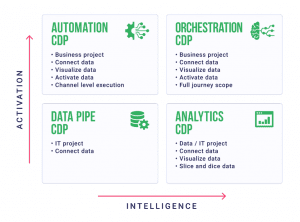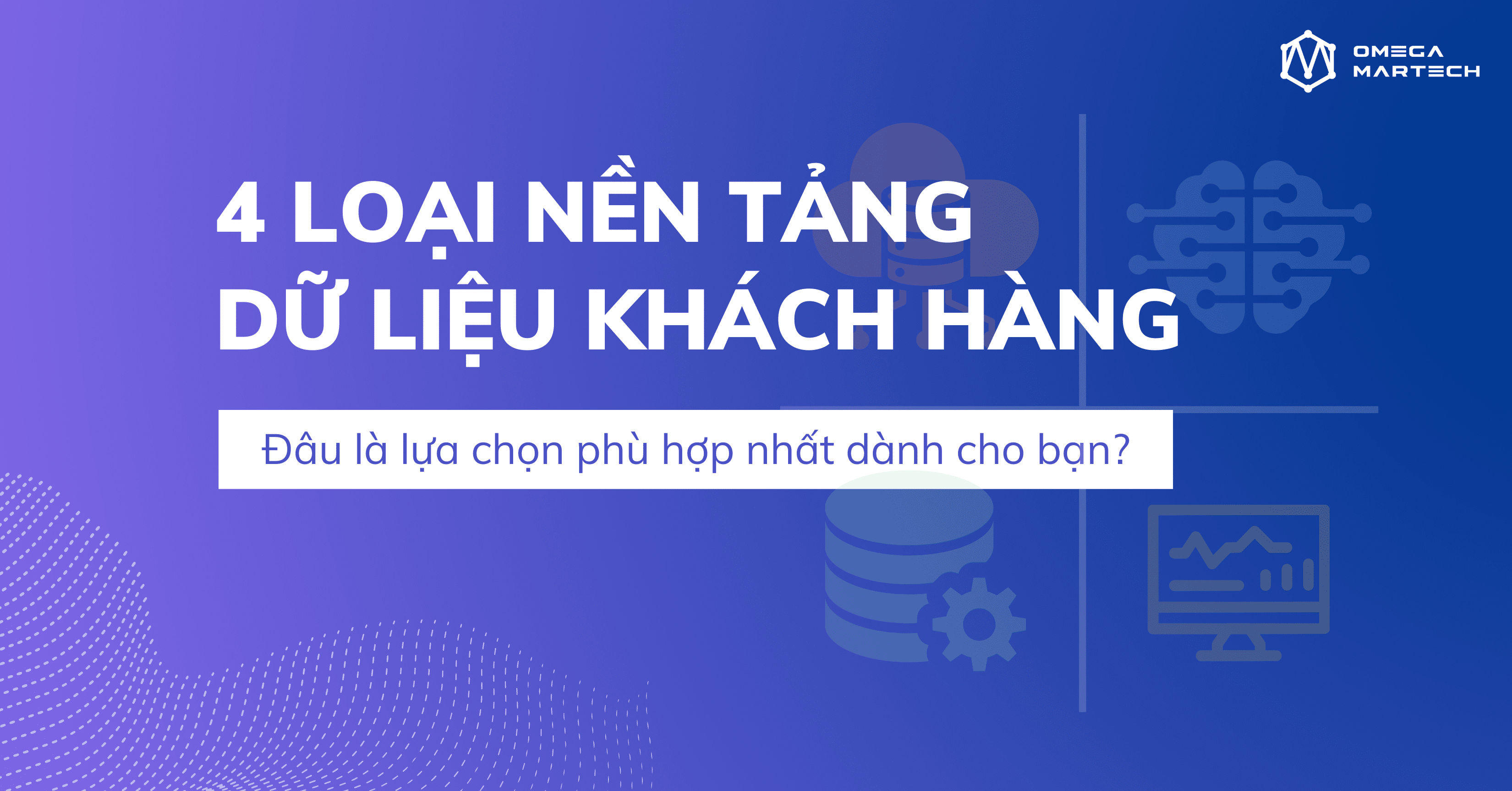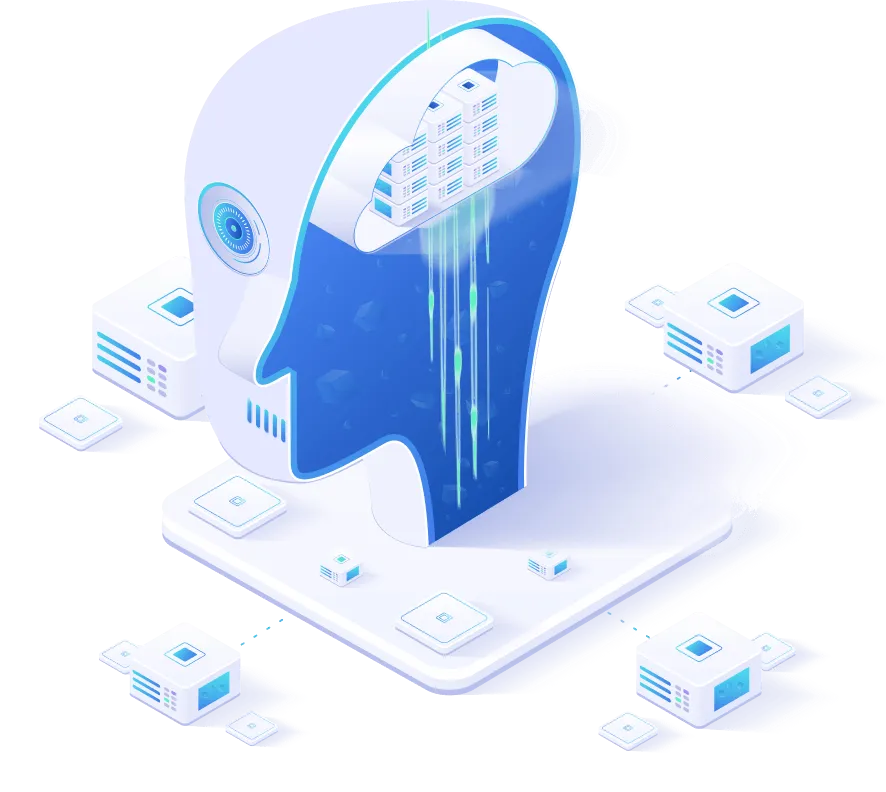Customer Data Platforms or Customer Data Platforms (CDPs) are multitasking solutions. This solution collects information from multiple sources, then cleans, categorizes, streamlines, and builds a unified customer profile. CDPs also improve operational efficiency and add value across the entire customer journey by increasing engagement, increasing conversion rates, optimizing market spend, and reducing customer churn. .
Driven by the rise of digital and the rise of data, the CDP market has exploded. As a result, marketers looking for the right CDP have been confused by the multitude of options.
CDP use cases include:
- Collect data online and offline
- Consolidate data across multiple devices
- Create unique customer portraits
- Real-time personalization strategy
- Integrate CRM or Call center
- Omni-channel Marketing enhances AI
So, which CDPs are worth researching and which ones promise more than they can deliver? To answer that question, we need to break down the CDP context into four distinct functional pieces: data pipelines, analytics, automation, and orchestration.
Each CDP type has slightly different smart features and activation methods. Let's explore each type in this article to help you decide which one to choose for your business.

4 types of Customer Data Platform (Source: Relay42)
CUSTOMER DATA PLATFORM: 4 DIFFERENT TYPES
All four types of CDPs are built on the same basic principles, but some will have additional customer data platform features. For example, instead of focusing on the trigger, the Data pipe CDP collects the data. Meanwhile, Analytics CDP performs in-depth analytical tasks to help marketers better understand consumers. Finally, Orchestration CDP offers the most comprehensive functionality.
Data Pipe CDPs
Simply put, Data Pipe CDP collects customer data from various sources, including CRM system, company website and mobile app. The platform transfers that data to external systems for storage, analysis in both traditional and AI ways, and ultimately orchestration.
Data Pipe CDP is a technical solution. The platform encapsulates data into packages; Other technologies use those data packets to build marketing strategies. They are the simplest type of CDP available.
If you are looking for a simple data collection platform, you may be satisfied with Data Pipe CDP. IT teams often deploy this type of solution; As a result, many marketers develop Data Pipe CDPs pretty quickly. However, Data Pipe CDP will have limited ability to identify customers, create narrow customer portraits, and have a limited range of activations.
Analytics CDPs
Analytics CDP is more advanced than Data Pipe CDP. These are essentially analytics-capable Data Pipe CDPs: Analytics CDPs gather data sets and enhance them with segmentation information to create consumer profiles that marketers can use to CX personalization. Some Analytics CDPs create and assign data attributes to make records easier to classify; others may incorporate predictive analytics algorithms.
Basically, Analytics CDP after collecting data will divide that data into neat segments. The end result that marketers get is a complete set of analyzed data. On the other hand, Analytics CDP does not include extensive automation options or real-time targeting capabilities.
Automation CDPs
Automation CDPs or Automation CDPs, sometimes called Delivery CDPs (Delivery CDPs), collect data and help marketers develop and execute marketing campaigns. Most Automation CDPs include a campaign design interface to help users visualize mobile emails and messages. Automation solutions are all cloud-based, and many are rooted in marketing clouds: marketers just need to log in to create and automate campaigns through the CDP dashboard.
Automation CDPs segment data insights into target groups and trigger automated marketing actions. Some Automation CDPs focus primarily on email marketing, while others also incorporate mobile messaging. However, this solution is not capable of automating multi-step journeys and cannot create a comprehensive customer portrait: this is where Orchestration CDP is needed.
Orchestration CDPs
Simply put, Orchestration CDP is the most advanced customer data platform available, intuitive and easy to navigate. The platform can create 360-degree customer portraits and make those 3D images available to teams and other technologies involved.
Automation CDP sends emails and text messages automatically. In contrast, Orchestration CDPs serve as hubs for a host of other powerful systems: they will collect data and coordinate the customer journey, and delivery will be outsourced. Marketers can assemble a variety of other sub-distribution systems according to their business needs.
CDP solutions work in real time, so marketing teams are less likely to miss opportunities to convert visitors into customers.
WHAT TO CONSIDER WHEN CHOOSE A CDP?
CDPs make marketing a lot easier. They help remove fragmented data, process information and create customer profiles. If you're ready to choose a CDP but aren't sure which one to choose, consider the following questions:
- Does CDP accept both online and offline data sources?
- Is CDP an agnostic solution? Is it compatible with older technology?
- Does the CDP allow for profile-based ID management?
- Does the CDP meet privacy and compliance requirements?
- Does CDP enhance recommendations with machine learning?
Each type of CDP has features and roles that fit the different goals of each organization. Businesses need to consider carefully to choose a customer data platform that best suits their problems, needs and budget.
Original post: https://www.cdpinstitute.org/wp-content/uploads/2022/04/Relay42-2377-Four-Types-of-CDP.pdf
Thuy Ngoc (Translator)





